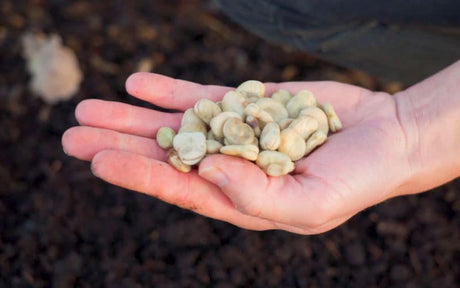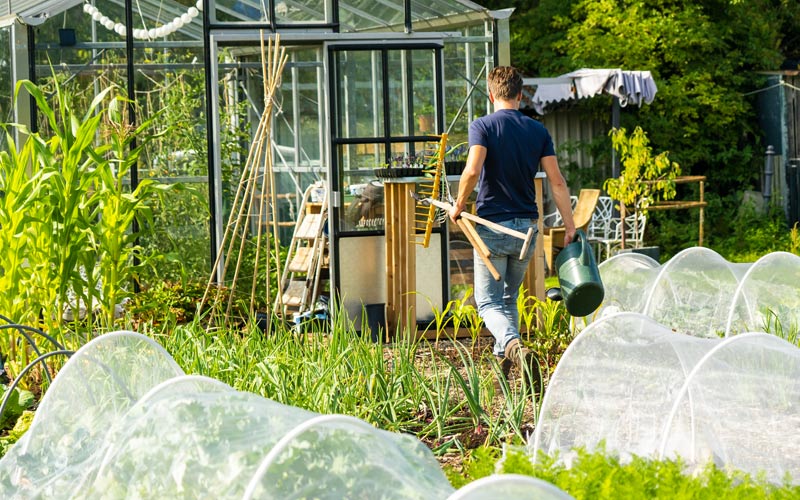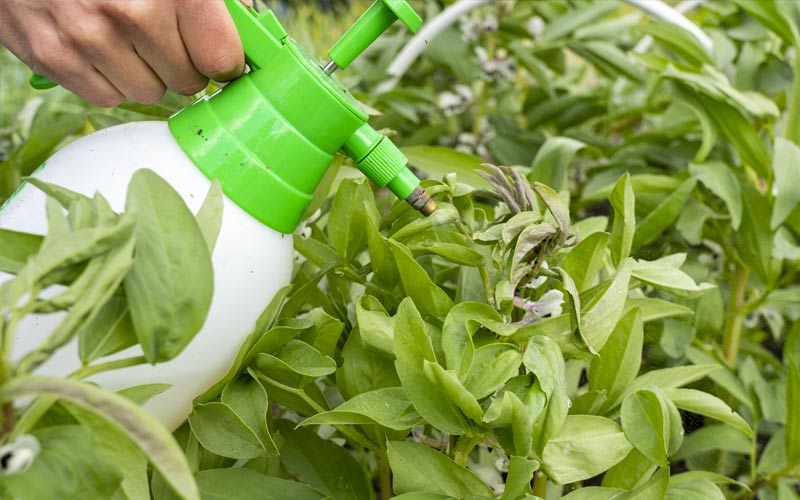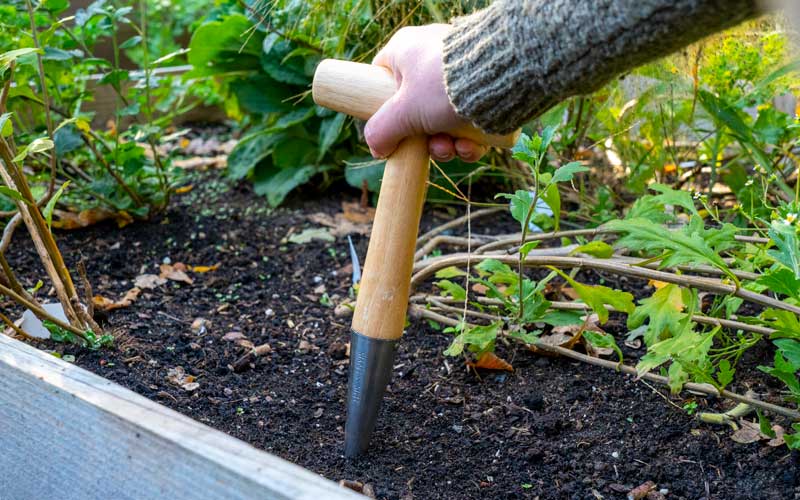
How to Sow Seeds in a Seed Tray: A Simple 7-Step Guide
Sowing seeds in a seed tray is a great way to start your garden. Follow our simple 7-step guide to ensure your seeds germinate successfully and grow into healthy plants....
Enhance your gardening success with our comprehensive range of Garden Supplies. Whether you're a beginner or an experienced gardener, our products cater to all your garden maintenance needs. From essential tools that simplify daily gardening tasks to specialized items like crop protection and plant support systems, we provide everything you need to nurture and protect your garden. Equip yourself with the best tools and accessories to ensure your garden thrives in all conditions.
For beginners, we recommend starting with basic hand tools such as a spade, trowel, pruning shears, and a watering can. These tools are essential for everyday gardening tasks like planting, weeding, and watering.
The choice of plant support depends on the types of plants you are growing. Climbing plants and vining flowers benefit from jute climbing nets and trellises, while heavier plants like tomatoes and peppers may require sturdier supports like stakes or galvanized binding wire.
For frost protection, fleece covers are ideal as they provide a layer of insulation while still allowing moisture and light to reach the plants. Grow tents can also be used to create a controlled environment that guards against cold.
Eco-friendly pesticides are effective against a wide range of common garden pests.
However, the effectiveness can vary depending on the pest type and infestation level. It’s best to identify the pest and match the pesticide to your specific needs.
If you are not sure, give us a call or send an email.
Organic fertilizers improve soil health over time and provide plants with a slow, steady supply of nutrients. They are also safer for the environment and reduce the risk of chemical runoff that can harm local wildlife and water sources.
Usually they are less strong as their chemical counter part, but they feed the soil more in the long run.
Using eco-friendly traps and barriers can effectively reduce slug and snail populations without the need for harsh chemicals.
Anti-slug pellets made from natural ingredients are also available and are safe for use around pets and wildlife.
You can also opt for a beer trap using the slug and snail trap.
Setting up a grow tent or tunnel involves choosing a location that receives adequate sunlight, ensuring the structure is securely anchored, and providing ample space for air circulation.
Detailed instructions are typically included with the purchase of our grow tents and tunnels.
From basic hand tools essential for daily gardening tasks to specialty copper tools that last longer and help repel slugs naturally, our tools are designed to enhance your gardening experience. Don’t forget to check the conditions with our accurate garden thermometers, a must-have for any serious gardener aiming to optimize planting times and care.
Support your plants as they grow with our robust plant support options. Our jute climbing nets are perfect for managing vining plants and flowers, while galvanized binding wire offers a durable solution for securing heavier shrubs and trees, ensuring they grow strong and upright.
Shield your garden from the elements and pests with our protective solutions. Use our fleece covers to safeguard your plants from frost and cold, and extend the growing season with our versatile grow tents. Tackle pests naturally with our eco-friendly pesticides, safe for your plants and the environment.
Nourish your plants with our premium fertilizers. Our organic liquid fertilizers provide a quick nutrient boost, while nettle extract is perfect for enriching your soil with minerals and promoting vigorous plant growth.
Protect your garden from slugs and snails without harming the ecosystem. Our eco-friendly garden traps offer a humane solution, and our anti-slug pellets are safe to use around pets and wildlife, ensuring your plants remain intact and thriving.
Keep your garden hydrated with our efficient watering solutions. From classic watering cans for precise watering to our revolutionary Plant Surge magnetic growth boosters that descale tap water for healthier plant growth, ensure your garden gets just the right amount of moisture.
Create the perfect microclimate for your plants with our Pop-up Grow Tents and Grow Tunnels. Whether you're starting seedlings early or protecting delicate plants, these tents and tunnels provide controlled environments to boost growth and extend your growing season.



